
 |
The Prince's Secret Departure for Scotland
Bonnie Prince Charlie was convinced his father in Rome would seek to prevent his enterprise to Scotland. From the end of May 1745 he stayed with good friend Charles-Godefroy, Duc de Bouillon at his Chateau de Navarre near Evereux and it was there he learnt of Cumberland's disastrous defeat at Fontenoy on April 30th. That news convinced him to move without further delay and he ensured his father received intelligence that he was planning to visit Paris! His supporters were instructed to gather one by one at Nantes in different lodgings and not to be seen together. When they were all arrived the Prince joined them in the disguise of a student of the Scots College at Paris. [Not as below, but that picture surely captures the sea vessels!]
click on all images to enlarge
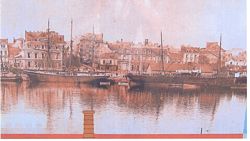
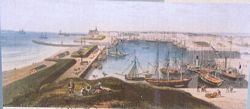
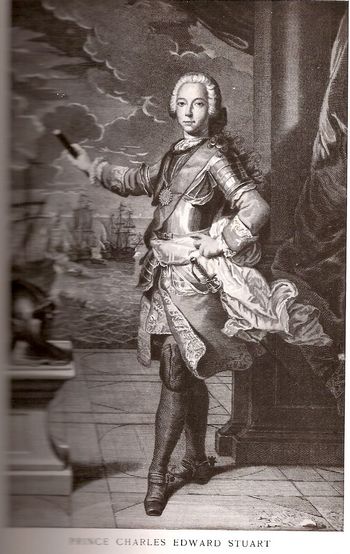
The Prince had to await the weather but finally went to St Nazaire at the mouth of the Loire to join the armed trading brig La Doutelle at 7 in the evening on June 22nd [O.S.]. From there he sailed to La Belle Isle to await the arrival of the Elisabeth, a lately captured British man-of-war with sixty four guns and a crew of some five hundred commanded by Captain D'Eau sailing now under French colours. It finally arrived on July 4th and both vessels departed for Scotland on July 5th. None except his closest friends knew his identity, the Prince having grown a beard and playing the role of Sir Thomas Sheridan's son.
St Nazaire then and today
As the pattern of re-enactments continues to evolve, a visit to St Nazaire was clearly required. Was there any awareness there, or in Nantes, or even at the Chateau de Navarre that the Prince embarked on his enterprise from that corner of Brittany? Bearing in mind the deliberate secrecy at the time little was to be expected and indeed little was to be found on first acquaintance but the opportunity has now presented itself for further research.
Today, St Nazaire builds ships of dimensions undreamt of when La Doutelle upped anchor. The Queen Mary 2 was recently built there whilst three masted Le Belem provides the pleasures and thrills of sail.. And in the suburbs of St Nazaire, European Airbus fuselages are constructed. [And there's a modest mural or two... perhaps a contemporary disguise for The Prince?]

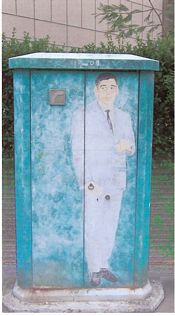
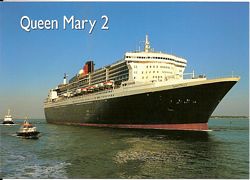


By December 1942 some 480,000 cubic metres of reinforced concrete had created the world's largest submarine base from which the Nazis waged the Battle of the Atlantic and La Poche St Nazaire was the last German army unit to surrender on May 10th 1945 at the end of World War II. The damage from Allied bombing had by then destroyed almost the whole town as the destroyer HMS Campbeltown and British Commando raid had Dock Normandie and port facilities in the audacious Operation Chariot in March 1942.
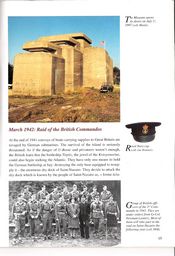
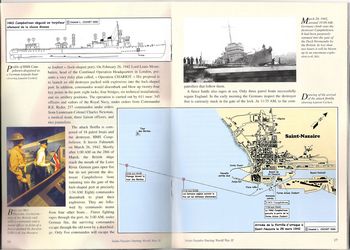
Since the 1950s the town has been rebuilt and one of its most significant features is a Living History Centre, Le Paquebot Escal'Atlantic created within the old Nazi submarine pens.
In 1745 St Nazaire was but a small fishing community ... and the avant-port for Nantes. The town's population was less than 300. Its significance grew with transatlantic travel to the Americas since, as the Nazi submarine commanders were later to discern, it gave ready access to that ocean. And from the mid 19th century it became not only the port of embarkation [US soldiers came and went here in World War I] but the centre of ship construction too. When metallurgy began to be used in 1862 Scott's yard was asked to assist and the first shipyards with 15 Scottish workers and formen showed the way. The first great liner was L'Imperatrice Eugenie after Napoleon III's wife, launched in 1864.
Further Research .. Establishing Links with the Town ..
... is very much on the future agenda for the Trust.
 |
||
|